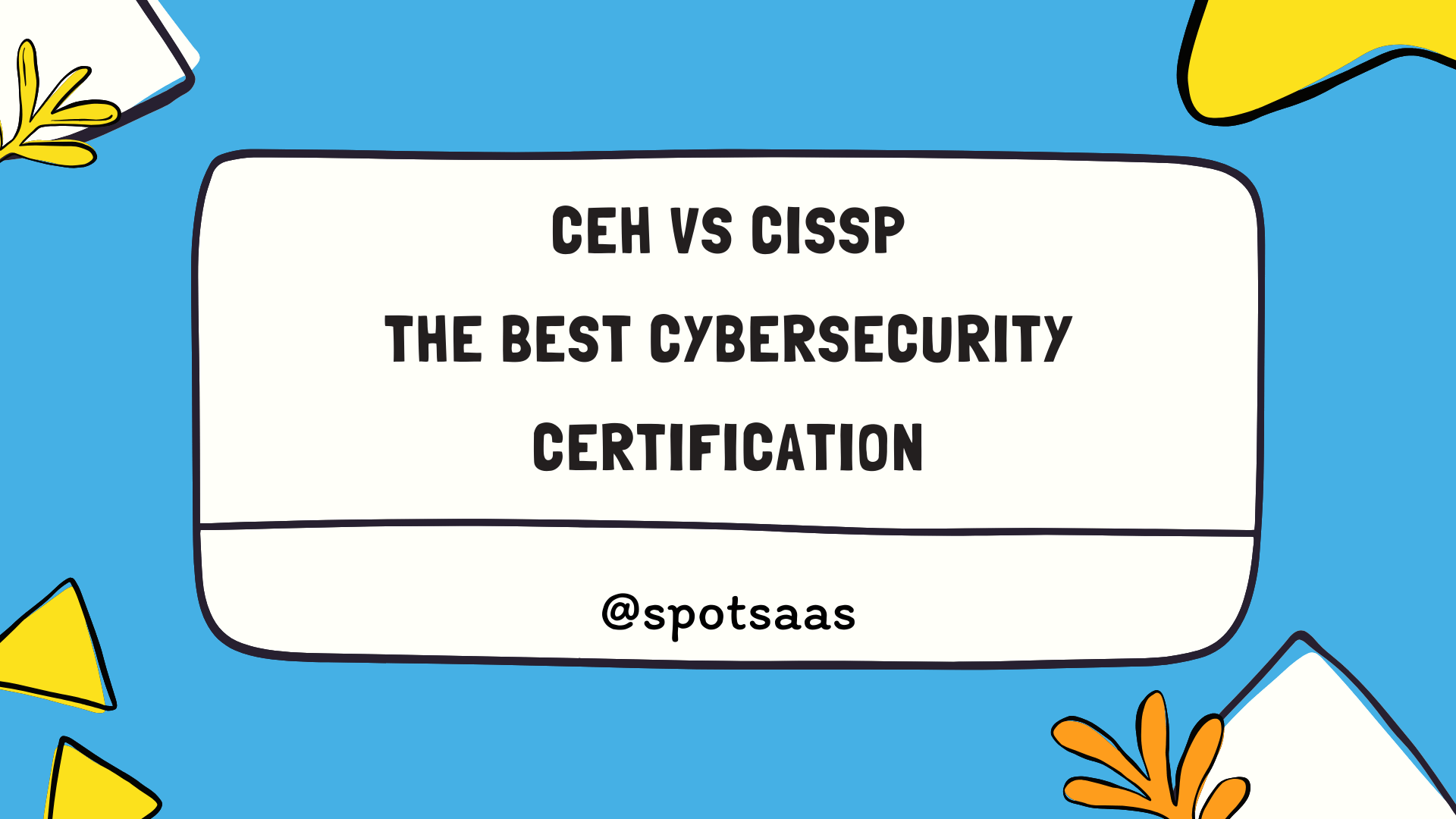Are you struggling to keep track of your website’s performance and user interactions? Website monitoring tools have become an essential aspect of managing websites effectively, particularly as online businesses grow.
In this article, we’re going to break down how to select the best website monitoring software tailored to your specific needs – shedding light on key features, budget considerations, and invaluable user reviews.
Understanding Website Monitoring Software
Website monitoring software is a tool that keeps track of the performance and availability of your website. It constantly monitors various aspects, such as uptime, page load time, user activity, SEO metrics, and any changes that occur on your website.
This software helps you identify issues or errors in real time and provides detailed reports and analytics to help improve your website’s performance. By using website monitoring software, you can proactively ensure that your website is running smoothly and provide a better user experience for your visitors.
Key features to look for
Choosing the right website monitoring software is important. You should think about these features:
| Benefit | Description |
|---|---|
| Improved Efficiency | BPMS automates manual tasks, saving time and effort, allowing employees to focus on more important work and increasing productivity. |
| Enhanced Collaboration | BPMS facilitates collaboration among departments and team members, improving communication and ensuring everyone is on the same page. |
| Streamlined Processes | BPMS eliminates bottlenecks, reduces errors, and optimizes workflows, resulting in faster turnaround times, improved accuracy, and better customer satisfaction. |
| Process Visibility | BPMS provides real-time visibility into business processes, enabling tracking, issue identification, and data-driven decision-making for continuous improvement. |
| Scalability | BPMS can scale with business growth, allowing easy adaptation and modification of processes without disrupting operations. |
| Compliance and Risk Management | Many BPMS solutions offer compliance features to meet regulatory requirements and reduce risks associated with non-compliance or data breaches. |
| Cost Savings | BPMS reduces operational costs, minimizes errors, and maximizes resource utilization, resulting in long-term cost savings. |
| Business Agility | A flexible BPM software allows businesses to quickly adapt to changing conditions or demands by modifying processes without extensive IT intervention. |
Benefits of using website monitoring software
Website monitoring software offers many perks. It keeps your site in good health. This kind of software can catch issues before they turn into big problems. You get alerts right away if there are any glitches or bugs.
With website monitoring tools, slow pages won’t slow you down! The software tracks load times for each page. If a page is taking too long to load, the tool tells you right away. A fast site means happy visitors!
There are extra benefits too! With SEO analysis and user activity tracking, it becomes easy to see how people use your site. This helps make your site better and brings more people back to visit again and again.
How to Choose the Best Website Monitoring Software
When selecting the best website monitoring software, it is important to start by identifying your specific monitoring needs and considering your budget. Additionally, reading reviews and comparing options can help you determine which software aligns with your requirements.
Look for customizable plans that cater to your unique business needs, and ensure reliable customer support is available when needed.
Identify your monitoring needs
To choose the best website monitoring software, it’s important to identify your specific monitoring needs. Think about what you want to track and monitor on your website, such as uptime, page load time, or user activity analysis.
Consider if you need SEO monitoring tools or website change detection features. Knowing your requirements will help you narrow down the options and find a software that meets your specific needs.
Don’t forget to consider factors like budget and customer support as well.
Consider your budget
When choosing the best website monitoring software, it’s important to consider your budget. Take into account how much you are willing to spend on a monitoring tool and determine what features are most essential for your needs.
Keep in mind that there are both free and paid options available, so be sure to explore all possibilities. Look for pricing plans that align with your budget and offer good value for money.
Remember that while cost is important, it shouldn’t be the only factor in your decision-making process. Consider the overall quality, reliability, and customer support provided by the software as well.
Read reviews and compare options
To choose the best website monitoring software, it’s important to read reviews and compare your options. Here are some key points to consider:
- Look for real-time, up-to-date product reviews from verified users.
- Check out customer feedback on features, reliability, and customer support.
- Compare pricing plans and make sure they fit within your budget.
- Consider bonus points like customizable plans or additional services offered.
- Take note of any free website monitoring tools available for you to explore.
Look for customizable plans
When choosing the best website monitoring software, it’s important to look for customizable plans. This means that you can choose the features and services that are most relevant to your specific needs.
Customizable plans allow you to tailor the monitoring software to fit your budget and requirements. By selecting only the features you need, you can avoid paying for unnecessary extras.
This flexibility ensures that you get the most out of your website monitoring software without overspending.
Ensure reliable customer support
Reliable customer support is an important factor to consider when choosing website monitoring software. You want to be able to reach out for assistance whenever you encounter any issues or have questions about the software.
Look for a provider that offers different channels of communication, such as phone, email, and live chat support. Additionally, check if they have a dedicated customer support team that can provide prompt and helpful responses.
Good customer support ensures that you have a smooth experience with the website monitoring software and helps address any concerns or problems that may arise along the way.
Important Features to Consider
When choosing the best website monitoring software, there are several important features to consider. These features include uptime monitoring, average page load time tracking, load testing capabilities, and detailed reports and analytics.
Each of these features plays a crucial role in ensuring that your website is performing optimally and providing a seamless user experience.
Uptime monitoring
Uptime monitoring is an important feature to consider when choosing website monitoring software. It allows you to track the amount of time your website is up and running without any issues.
This helps ensure that your website is always accessible to users and that they can access it whenever they need to. By monitoring uptime, you can identify any potential problems or downtime issues and take immediate action to resolve them.
This ensures a smooth user experience and helps maintain the reliability and performance of your website.
Average page load time tracking
One important feature to consider when choosing website monitoring software is average page load time tracking. This feature allows you to measure the speed at which your web pages load for users.
By monitoring the average page load time, you can identify any performance issues that may be causing slow loading times. This is crucial because a slow website can lead to a poor user experience and high bounce rates.
With average page load time tracking, you can keep a close eye on this metric and take steps to optimize your website’s performance for better user satisfaction.
Load testing capabilities
Load testing capabilities are an important feature to consider when choosing website monitoring software. This feature allows you to simulate heavy traffic on your website, testing its performance under high loads.
It helps identify any bottlenecks or weaknesses in your site’s infrastructure and ensures that it can handle a large number of users at once. With load testing capabilities, you can proactively address potential issues and optimize your website for better performance, ultimately providing a smooth experience for your visitors.
Detailed reports and analytics
Detailed reports and analytics are essential features to consider when choosing website monitoring software. These tools allow you to track and analyze key performance metrics, giving you valuable insights into the health and effectiveness of your website.
With detailed reports, you can monitor uptime and page load times, ensuring that your site is running smoothly for visitors. Analytics provide information on user activity, allowing you to understand how people interact with your site and make data-driven decisions for optimization.
By utilizing these features, you can gain a comprehensive understanding of your website’s performance and take proactive steps to improve it.
Conclusion and Final Recommendations
When choosing website monitoring software, it’s important to consider your specific needs and budget. Reading reviews and comparing options can help you make an informed decision. Look for customizable plans and reliable customer support.
Don’t forget to prioritize features like uptime monitoring, page load time tracking, and detailed reports. By choosing the right website monitoring software, you can improve your site’s performance and ensure it stays up and running smoothly.




